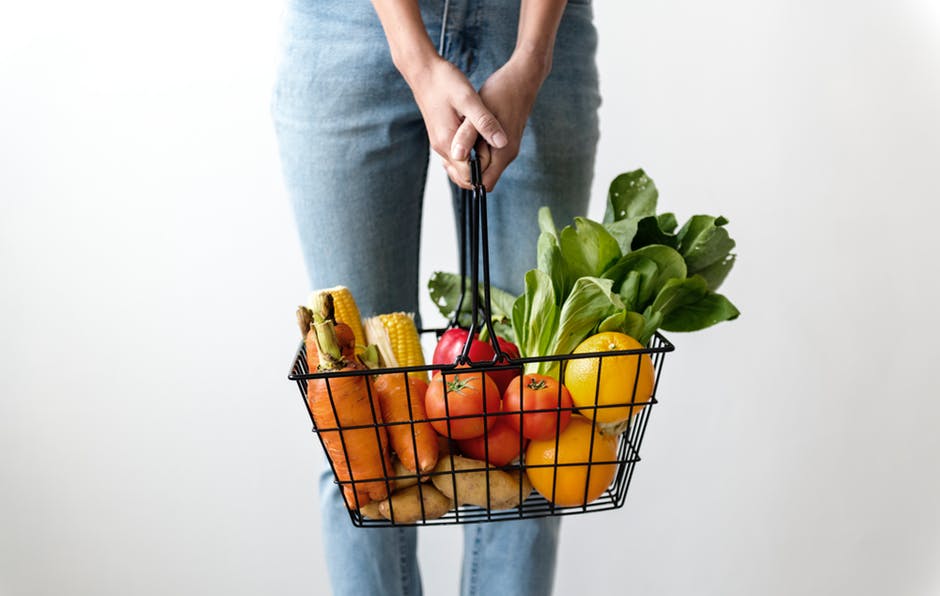Globally, over seven billion land animals are killed each year to provide food for humans. This has brought about a desire to protect animals and enable them to live life just as humans do.
This desire has led to few humans deciding to boycott animal agriculture by going vegan.
Life transitions are never easy, and that includes making a shift in your diet to become vegan. Get a smart start with these tips on going vegan for beginners.
1. Outline your Motivation to Veganism
There are three main reasons why people choose to go vegan:
- Health purposes
- Ethics
- To care for the environment
While a few might intentionally do it for a season, most prefer to be lifetime vegans. Whatever your reason, ensure it’s enough to motivate you. You can note it down to always remind yourself why you need to keep going.
2. Do a thorough Research on Veganism
Are you sure you want to go vegan? Before making such a massive lifestyle change, understand what veganism is.
Unlike vegetarians, vegans take their new-found lifestyle to a whole other level. They choose to avoid meat, animal products like milk and clothes made of animal skin. They even avoid places that appear to put animals through a subjected life like in zoos and horse races.
Don’t panic! There’s more to food than just animal products. You get to feed on:
- Vegetables
- Legumes
- Milk substitutes like almond milk
- Fruits
- Nuts
- Grains
- Meat substitutes like Tofu
- Vegan processed snacks like lunch bars
There are some myths attached to vegan meals that you need to scratch out as well:
- All vegan meals are 100% healthy
- Achieving a vegan diet is very expensive
- You can’t go vegan during pregnancy or breastfeeding
As you research, you’ll be able to know how you can balance nutrients in your meals and regulate calories intake.
3. Take One Step at a Time
Okay, calm down! This is not a competition, and there are no rules to when, where, or how. Different bodies react differently to diet changes.
So your friend was able to do it overnight? Good for her/him.
Now, do you! Take a month or three to make your transition as comfortable as possible. If you were obsessed with certain products or meat, don’t let go at once.
Maintain your current diet while switching up a few meals to pure vegan. If you ate beef thrice a week, drop one meal, and have some tofu. There’s no constitution to how long one should take to transition.
Also, vegan meals may not be as tasty as your regular steaks. This means you need more time – as a newbie – to connect with your taste buds and pick your new favorites.
Once you’re a fully vegan, you can backslide! Don’t feel bad about yourself. Pick up from where you left off; no one is perfect.
However, this doesn’t mean you can cheat your diet whenever you want. If you’re genuine about adopting this new lifestyle, then you should make more effort.
4. Veganize your Best Meals
What’s your current favorite meal or snack? I bet there’s a vegan substitute. Going vegan doesn’t need to be a mourning process.
Give your current meals more life by making them healthier. Yes, that filled burger isn’t doing your heart any justice! There are hundreds of vegan recipes online that you can steal and adapt.
5. Remember your Vitamins and Proteins
A vegan diet is usually filled with reasonable amounts of required nutrients for the brain and body. Unfortunately, when it comes to the famous Vitamin B12, vegan meals fall short.
B12 comes from certain bacteria from the soil that animals consume. Those who eat meat get the right amount of B12. For vegans, we may need to make some extra effort by getting B12 supplements.
Why? Vitamin B12 is good for the development of the brain, hence the need to consume it in plenty. Vegetables do have some content of B12, but it’s inadequate. If you choose to get supplements, consult your doctor for approval and recommendations.
6. Awaken your Creative Sense
More often, you may have to prepare vegan meals and snacks for yourself. As earlier mentioned, you can get recipes from cookbooks, YouTube videos, and blogs.
Try them out and share with others too. You can also create your recipes from salads to smoothies and snacks. You’re at liberty to mix and match your favorite ingredients to form the best meal combo.
If you used to include spices in your meals, you still can still do that. You don’t need to clear off your kitchen cabinet. Keep your favorite sauces and pastes, as long as they are not made of any animal products.
7. Connect with other vegans
A higher number of humans still choose to consume meat and meat products. Chances are that most of your friends and family don’t understand the point of veganism. In such environments, your chances of getting discouraged are very high.
I’d say brag about being unique, but sometimes society can weigh you down. Thus, it’s good to connect with other vegans. If you can’t find vegans in your circle, then social media is your next best friend.
So many vegans share their experiences and challenges online. Such connections would be suitable for your journey. Make friends and share your experiences and recipes. I bet cooking becomes more exciting when you’ve to take a photo and brag to your peers.
Once in a while, you can gather your family and friends and prepare them some nice vegan meal course. A plate of crispy baked vegan mac and cheese balls. Tofu with rice as the main course. Then finish it with colorful vegan ice cream for dessert.
8. Keep in Mind that you’ve Options
This is not the 1990’s when people struggled to find places to buy vegan ingredients and meals. Today, almost every restaurant provides vegan options.
Before visiting a restaurant, you may want to call them and confirm that they can prepare a vegan meal for you. This way, you don’t waste time going there — most chefs today like the challenge of preparing vegan meals.
Sadly, some restaurants don’t offer vegan options, which is okay.
When it comes to grocery stores, unless it’s a vegan store, always ask for assistance as a beginner. As you get used to the nutrients required and how to check for them, you’ll need no one’s help.
But for now, you can do baby steps. Ask as much as you need to know. Don’t be shy, and definitely, don’t care what people say about your choice of living.
9. Eat Enough
Unfortunately, some vegan meals are not as filling as meat. This means that you’ll need to eat a bit more to fill your stomach. Also, you may need to eat more often to keep your stomach full.
Snack on vegan candy, nuts, lunch bars and drink fruit juices to avoid feeling empty. For breakfast, you can have some vegan cereals, wholemeal bread, or a smoothie. If you like white coffee, use almond or coconut milk and make some cappuccino for yourself.
Going Vegan for Beginners
Vegan for beginners becomes quite a challenge in the first few months. With meat cravings and an environment that doesn’t make it easy for you, it’s understandable. Remember your course and motivate yourself through the journey.
Want to learn more about changing or upgrading your lifestyle? See our self-improvement category.





